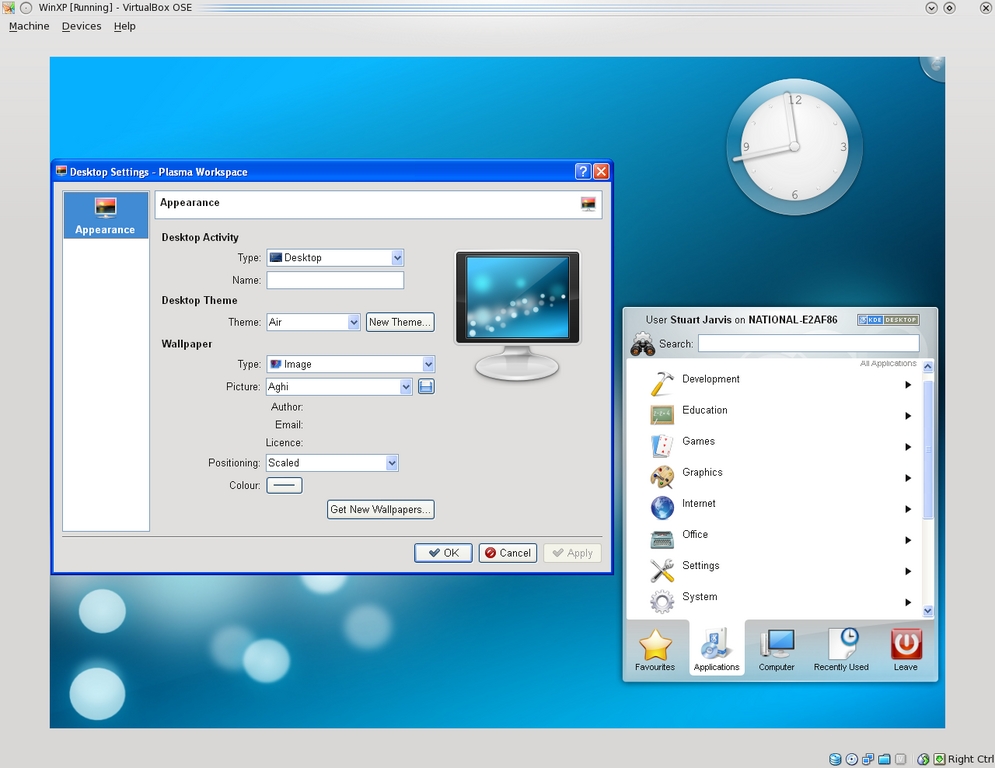
- Dual booting with MS Windows, set RealTimeIsUniversal.OpenNTPD - a lightweight NTP server ported from OpenBSD.Chrony - a versatile implementation of the Network Time Protocol (NTP).Their purpose is to keep the system clock in time. Ntp - is a suite of tools utilizing Network Time Protocol.Network Time Protocol - is used to synchronize the system time with other devices over the network.For 32-bit Windows, follow the 64-bit instructions except use DWORD instead of QWORD. Create a new QWORD entry called RealTimeIsUniversal, then set its value to 1.
#UNIX CLOCKX WINDOWS WINDOWS#
To make Windows not adjust the hardware clock back to local time, add the following registry entry.įor 64-bit Windows, open regedit then browse to HKEY_LOCAL_MACHINE\SYSTEM\CurrentControlSet\Control\TimeZoneInformation. Systems that dual boot with another operating system, such as Windows, generally have a struggle over the hardware clock. This method returns the current processor time as a floating point number expressed in seconds on Unix and in Windows it returns wall-clock seconds elapsed. Learn about standard data types on 32-bit UNIX and Linux, 64-bit UNIX and Linux, and 64-bit Windows applications. Root # timedatectl set-local-rtc 1 Troubleshooting Dual booting with Windows Systemd comes with the timedatectl command to manage the time zone: In order to keep time properly, select the proper time zone so the system knows where it is located. Exceptions can be made when using a dual-boot system this is when the other operating system does not support or is not configured for an UTC hardware clock (by default, Windows uses localtime). So daylight saving changes get automatically applied and changing the time zone are possible without changing the hardware clock. Preferred is UTC time because the system time gets computed by adding the time zone difference and DST. The localtime is the real time of the time zone including DST. The time for hardware clock can be modified to represent two standards: localtime or UTC time. It runs independent of the state of the operating system all the time, also when the computer is shutdown. The hardware clock (also known as real-time clock or RTC) is typically a component on the mainboard.
#UNIX CLOCKX WINDOWS SOFTWARE#
As a user-request, recently a new feature was added to the software that allows display of Unix Epoch in the tray clock.

To further customize the text appearance, click on the Clock Text tab. In this tab, check boxes for the options you want on the clock. The system clock, provided by the kernel, is implemented as a simple count of the number of ticks that have transpired since the 1 January 1970 00:00:00 UTC. In the configuration window that opens, click on the Time Format tab.


 0 kommentar(er)
0 kommentar(er)
